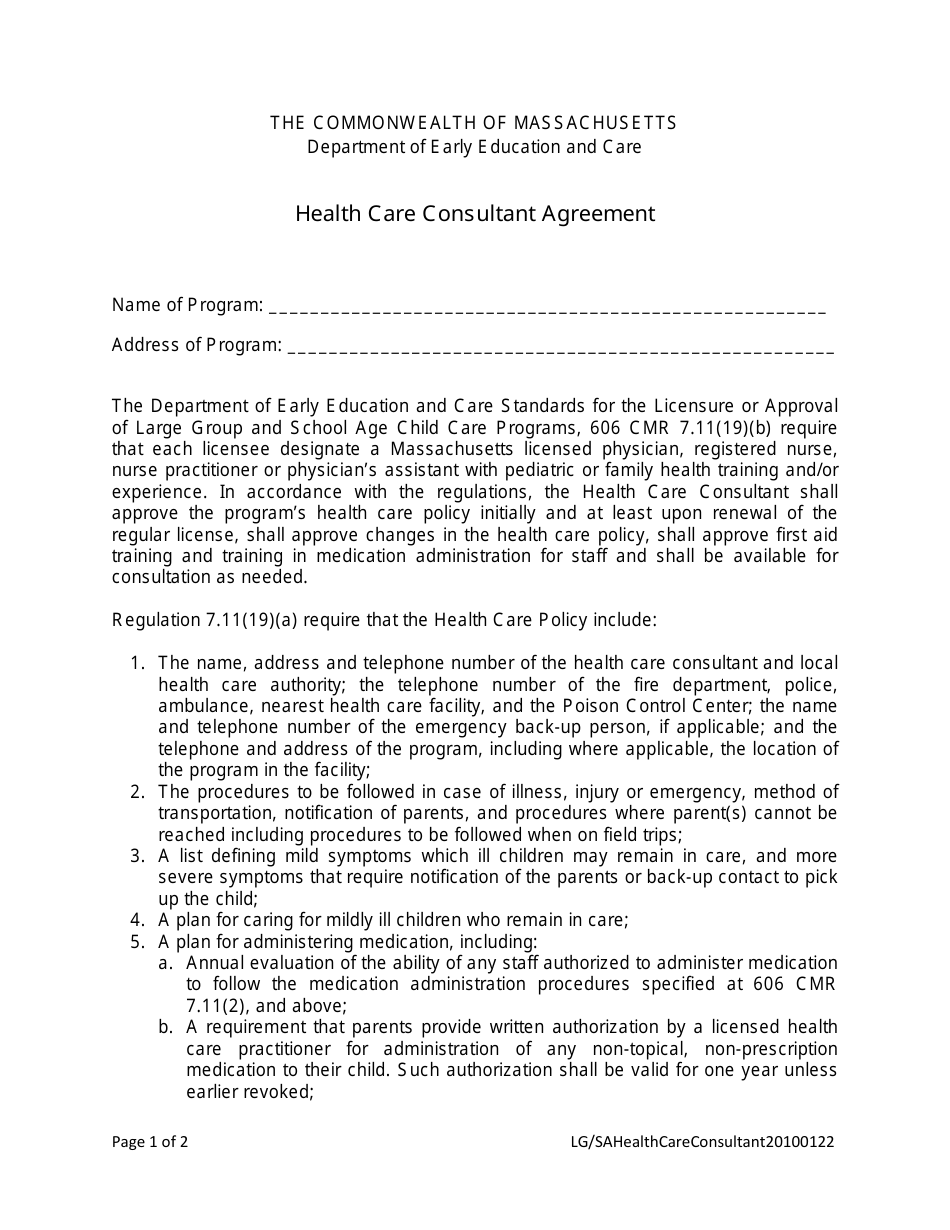

When Kharraz stepped into the CEO role in 2015 it was to focus on the transition, and it was what he described as an "all-consuming effort for a number of years."īut the greater focus on providers doesn't mean the mission has changed.

The business model made sense for doctors in the most densely populated areas of the U.S., but not doctors outside of those areas, and for a company founded to increase access to health care, that meant Zocdoc was failing on its mission. The unit economics were not favorable to the company or physicians, and many times doctors would leave the platform when they were not seeing the level of results that made sense for the subscription fee. "Some would get 10,000 patients and some 10 and we were charging the same amount when the value they were getting was so vastly different," Kharraz said.

In fact, what he says Zocdoc got "most wrong" was the business model itself a subscription model that it hitched itself to back in 2012-2013 in which every doctor on the platform paid the same amount of money regardless of how many patients they accessed through it. Many health startups have built business models around what the insurance companies need, or what providers need, but Kharraz likes to think that his company picked the patient "way before it was fashionable."īut that doesn't mean it didn't make mistakes. "They want that option to continue care in-person. "My prediction is mental health goes nearly completely remote," he said, with the caveat that this will require the insurance reimbursement system to support this platform, but the consumer demand is there.īut for all the other parts of medicine, "it's dominated by in person … or in-person, but providers who have telehealth as an option," Kharraz said.Ī revealing stat from Zocdoc: 71% of health-care consumers offered multiple telemedicine choices still end up choosing a doctor within driving distance. And it's one place where he is willing to make a bold prediction about a sector that is slow to embrace change. "That has continued on an up trend after the pandemic, at least the main part of it, already passed," Kharraz said. "The long term steady state is shifting very slowly," he said. "There were millions of consumers coming to our website and we could count on two hands those who tapped telemedicine," Kharraz said.ĭuring the height of the pandemic and lockdowns, that reached 40%, but for most medical specialties, telehealth remains less than 10% of volume. Zocdoc had telehealth as an offering even before Covid, but demand was very low. "We went from mostly in person to offering a hybrid market, and we have certainly evolved," Kharraz said, but the problem for the health-care consumer has remained a constant. Personal Loans for 670 Credit Score or Lower Personal Loans for 580 Credit Score or Lower Best Debt Consolidation Loans for Bad Credit


 0 kommentar(er)
0 kommentar(er)
